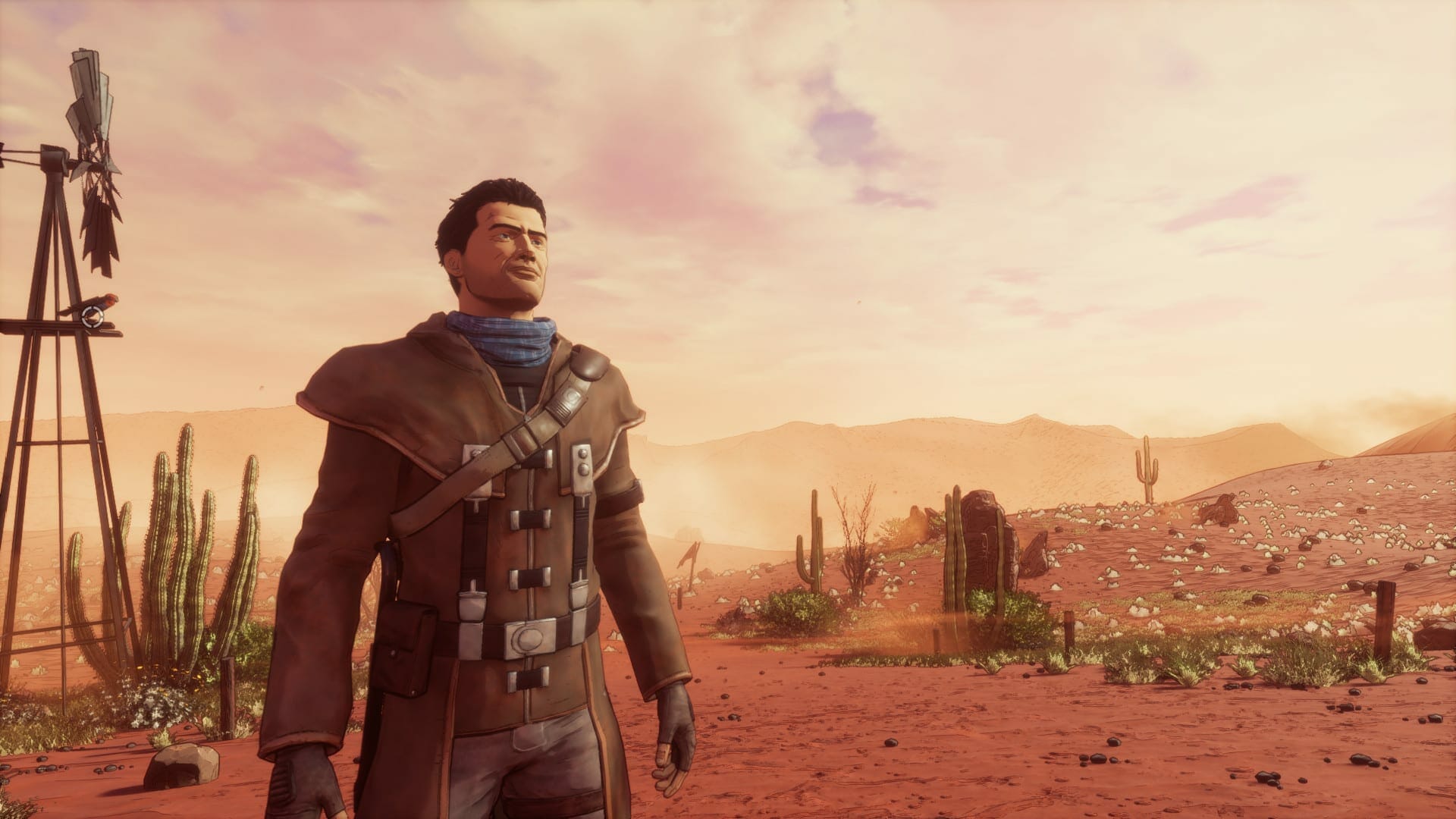
That’s not to say things aren’t complex though. You can still expect multiple solutions to some events and often overlapping objectives, but I didn’t find myself bashing my head against the wall getting stuck on things as often. To counteract this it does seem like, at least initially, Revolution Software is utilizing more simplistic puzzles from what I’ve seen as compared to adventure games of yore. It’s also much faster and easier to quickly scan entire environments, click on many things, and try out puzzle solutions without having to always physically move your character and explore every nook and cranny manually. A finely crafted scene of pure pixel art just oozes personality by contrast.

Perhaps it’s due to the era in which I grew up, but pixel art is just inherently endearing to me whereas a cel-shaded aesthetic often struggles to flow well, can come off as stiff, or even lack nuance since textures are mostly flat.

The same thing happens again once you finally get Foster inside of Union City itself, with a sweeping camera shot that highlights the cyberpunk aesthetic.Īll that being said, classic adventure games have a certain type of simplistic charm that is missing here. That sort of cinematic presentation just isn’t possible with a more traditional adventure game format, and it helps build up the emotion and anticipation of the narrative.

For example, after the intro animation, the camera pans over the desert (or gapland) showing Foster walking out through the wasteland.


 0 kommentar(er)
0 kommentar(er)
